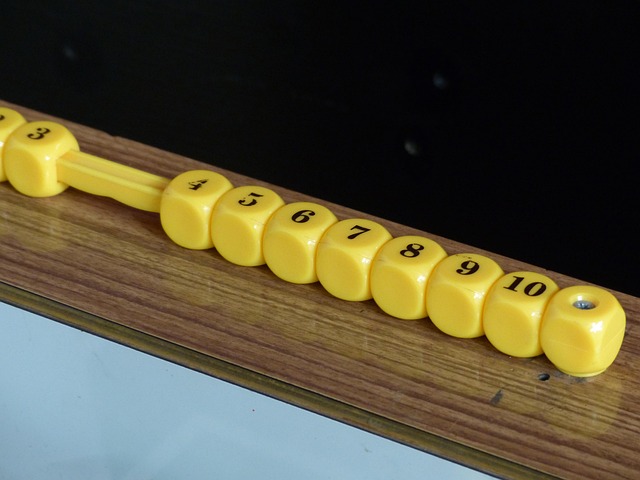
Counting Strategies Anchor Chart Kindergarten
Introduction
In the realm of early childhood education, particularly in kindergarten, the development of foundational math skills is crucial. One effective method to enhance these skills is through the use of anchor charts that illustrate counting strategies. These visual aids serve not only as reminders of the strategies but also as engaging tools that can stimulate young learners' interest in mathematics.
The Importance of Counting Strategies
Counting is a fundamental skill that lays the groundwork for more complex mathematical concepts. In kindergarten, children are introduced to various counting strategies that help them understand numbers and their relationships. By employing different methods, students can develop a more robust understanding of quantity and numerical operations.
Common Counting Strategies
Several counting strategies can be effectively illustrated on an anchor chart. Below are some of the most commonly used methods:
- Count On: This strategy involves starting from a given number and counting forward. For example, if a child is asked to count on from the number 5 using a die, they would say 6, 7, 8, etc. This method helps children understand addition as they learn to build on existing numbers.
- Touch and Count: This tactile approach encourages children to physically touch objects as they count. Using a dot die, students can roll the die and touch each dot while counting aloud. This reinforces one-to-one correspondence, a critical concept in early mathematics.
- Counting by Tens and Fives: Introducing skip counting can help children recognize patterns in numbers. An anchor chart can display sequences of numbers that skip by tens or fives, aiding in the understanding of place value and grouping.
- Number Lines: A number line is an effective visual tool that helps children see the order of numbers. It can be used to demonstrate counting forward and backward, as well as to visualize addition and subtraction.
- Using Visual Aids: Incorporating images or objects into counting activities can enhance understanding. For instance, using counters or blocks can provide a concrete representation of numbers, making abstract concepts more tangible.
Creating an Effective Anchor Chart
When creating an anchor chart for counting strategies, consider the following elements to ensure it is effective and engaging:
- Clarity: Use clear and concise language. Each strategy should be described in simple terms that are easily understood by kindergarten students.
- Visual Appeal: Incorporate colorful illustrations and diagrams. Visual elements can capture children's attention and make the learning experience more enjoyable.
- Interactive Elements: Design the chart to be interactive. For example, include spaces where students can add their own examples or practice problems.
- Accessibility: Ensure that the anchor chart is displayed at a height accessible to young learners. This allows them to refer to it easily during activities.
- Regular Updates: As students progress, update the anchor chart to reflect new strategies or concepts learned. This keeps the material relevant and reinforces ongoing learning.
Implementing Counting Strategies in the Classroom
To maximize the effectiveness of counting strategies, educators should integrate them into daily activities. Here are some practical ways to implement these strategies:
- Games: Incorporate counting games that require students to use the strategies displayed on the anchor chart. For instance, a board game that involves counting spaces can reinforce the count-on strategy.
- Group Activities: Facilitate group activities where students can practice counting together. This encourages collaboration and allows for peer learning.
- Hands-On Materials: Provide manipulatives such as blocks, counters, or beads that students can use to practice counting strategies in a tactile manner.
- Story Time: Use storybooks that incorporate counting themes. This can help students connect counting to real-world scenarios and enhance their understanding.
- Regular Assessment: Conduct informal assessments to gauge students' understanding of counting strategies. This can help identify areas where additional support may be needed.
Conclusion
Counting strategies are vital for developing mathematical skills in kindergarten students. By utilizing anchor charts, educators can provide clear, visual representations of these strategies, making them accessible and engaging for young learners. Implementing these strategies in various classroom activities will not only enhance students' counting abilities but also foster a positive attitude towards mathematics.

















 Unlocking the Secrets of Your Ride with VIN!
Unlocking the Secrets of Your Ride with VIN! 
 Health
Health  Fitness
Fitness  Lifestyle
Lifestyle  Tech
Tech  Travel
Travel  Food
Food  Education
Education  Parenting
Parenting  Career & Work
Career & Work  Hobbies
Hobbies  Wellness
Wellness  Beauty
Beauty  Cars
Cars  Art
Art  Science
Science  Culture
Culture  Books
Books  Music
Music  Movies
Movies  Gaming
Gaming  Sports
Sports  Nature
Nature  Home & Garden
Home & Garden  Business & Finance
Business & Finance  Relationships
Relationships  Pets
Pets  Shopping
Shopping  Mindset & Inspiration
Mindset & Inspiration  Environment
Environment  Gadgets
Gadgets  Politics
Politics 